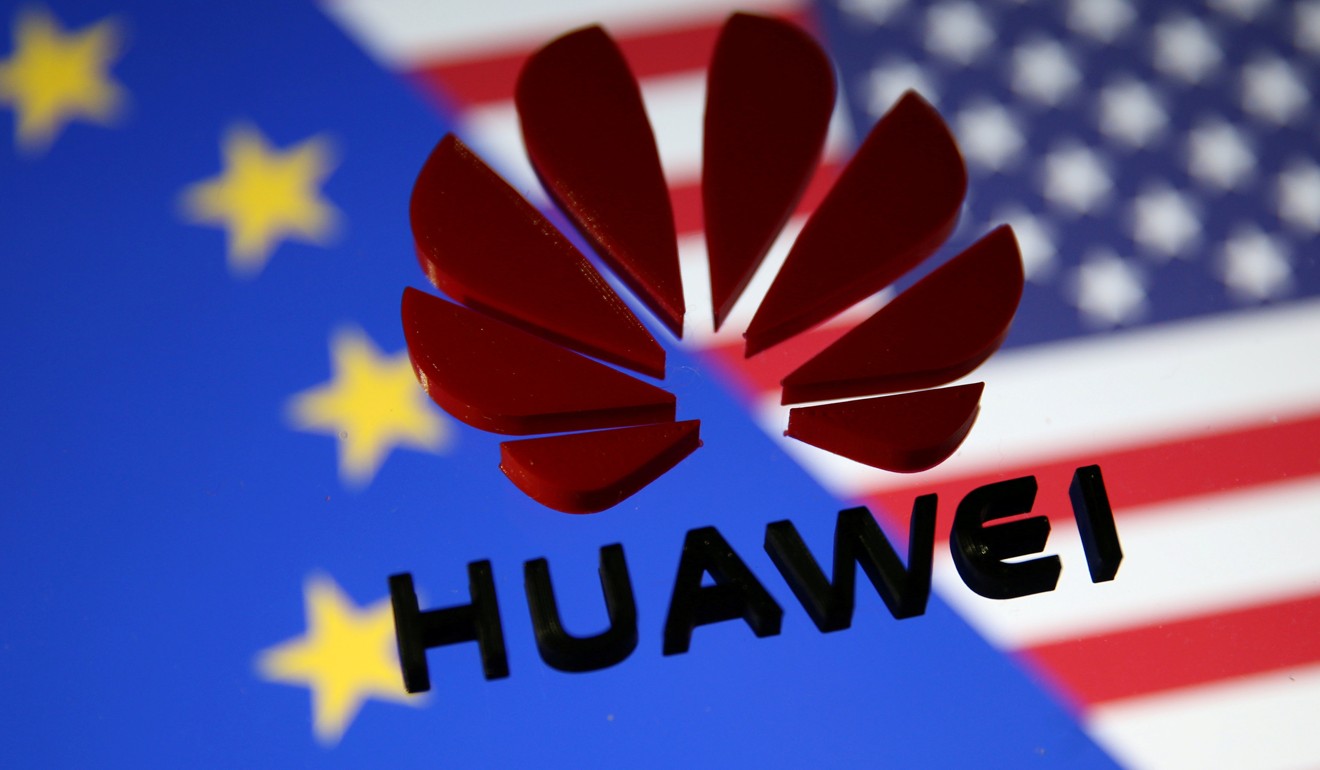
Uncovering the hidden ambition behind the names of Chinese tech firms and scientific projects
- Despite the global ambition of China and its tech giants, some of their most important companies and projects are still named in Chinese and spelled in pinyin
If Chinese scientists, engineers and most importantly politicians have their way, here is what the future would look like.
Groceries will be delivered to your doorstep by an autonomous car powered by Baidu’s (百度) system. Your smartphone, unlocked by a face scan, will run on a Pingtouge (平头哥) chip.
A ride on the Fuxing (复兴) bullet train will transport you to a neighbouring state or country at 350 kilometres per hour. Instead of using GPS, you will be able to pinpoint your location via Beidou (北斗), China’s home-grown satellite navigation system, wherever you are in the world.
A super fast internet connection courtesy of equipment from Huawei Technologies (华为) will ensure you can watch 8K television. Surfing news online, you will find the latest discoveries from the moon are sent back to earth thanks to the Chang’e 4 lander (嫦娥) and Yutu rover (玉兔).

Despite the global ambition of China and its tech giants, some of their most strategically important products and projects are still named in Chinese and spelled in pinyin, the romanisation of Chinese characters. The pronunciation of the names has already brought challenges for some Westerners, let alone the meaning behind the names.
To help those who may be confused, here is a quick guide to decoding the hidden meanings behind the titles of some key Chinese tech companies, products and science projects:
Huawei Technologies
Huawei (华为), the world’s largest maker of telecommunications equipment, has grabbed headlines across the world recently after being caught in the middle of an ongoing trade war between China and the US.
More than half of Huawei’s revenue comes from markets outside China, despite the company’s difficult-to-pronounce name of “Wah-Way” for none native Chinese speakers. Founded in 1987 by Ren Zhengfei in southern China, the name Huawei is actually made up of two Chinese characters. The first character Hua (华) means “China or Chinese” while the second character Wei (为) usually means “achievement or action”. Putting them together, the name translates as “Chinese Achievement” in English.

ZTE Corp and DJI
ZTE Corp, Huawei’s biggest rival in China, has chosen a friendlier English name. Located in southern China’s Shenzhen city, ZTE is actually short for Zhongxing (中兴) Telecommunication Equipment. Zhongxing is also a two-character name, which can be roughly translated as China prosperity or China resurgence.
Another company that rarely goes by its full name in English – preferring to obscure its origins – is DJI, the world’s largest producer of recreational drones. Based in Shenzhen, DJI’s full name, is Da (大) Jiang (疆) Innovations, inspired by the Chinese adage “Great ambition has no boundaries”.
Chips: Kunlun and Pingtouge
Many of China’s internet giants have accelerated their efforts to gain self-sufficiency in semiconductors amid the growing tension between China and the US. Among them, Alibaba Group Holding, the owner of the South China Morning Post, has given its semiconductor unit a particularly aggressive name – Pingtou Ge Semiconductor.
Pingtou (平头) Ge (哥), which translates as “flat head brother”, is the nickname given by Chinese internet users to the honey badger, a small, fearless animal known for its ability to kill cobras.

Jack Ma Yun, founder of Alibaba, said he was interested in the animal because of its fearless fighting abilities. “There’s no need to know who is the competition or how big the opposing force is, just name a time and a place [to fight],” Ma was quoted as saying in a conference in Tianjin in September.
Baidu (百度), which has transformed itself into a fully AI-driven company from China’s dominant search engine operator, unveiled in 2018 its first cloud-to-edge range of AI chips called Kunlun (昆仑), built to handle the high-performance requirements of a wide variety of AI scenarios. Known as one of the longest mountain chains in Asia, extending more than 3,000 kilometres, Kunlun is also an important symbol representing the axis mundi (centre of the world) and divinity in Chinese mythology.
Fuxing bullet train
Named after Chinese President Xi Jinping’s favoured slogan, Fuxing (复兴), which means rejuvenation, is China’s fastest bullet train with a maximum speed of 350 kilometres per hour and – more importantly – a range of technologies that are completely home-grown.

In 2017, the same year as the Fuxing bullet train debut, Xi promised to achieve the “great rejuvenation of the Chinese nation” and restore China to its rightful great power status by 2049 – the centennial of the founding of the People’s Republic of China.
Chang’e, Yutu and the moon
The names of China’s space programs are more often than not associated with Chinese mythology. Chang’e (嫦娥) 4, the lunar spacecraft which recently made a historic touch down on the far side of the moon, is named after Chang’e, the Chinese goddess of the Moon. China’s robotic lunar rover is named Yutu (玉兔), which literally translates as jade rabbit. The rover's name was selected in an online poll and is a reference to the pet rabbit of Chang'e.
The name of China's first prototype space station Tiangong-1 was also inspired by Chinese mythology. Tiangong (天宫) refers to the heavenly palace where, according to Chinese legend, China’s first god, the Jade emperor, lives.

